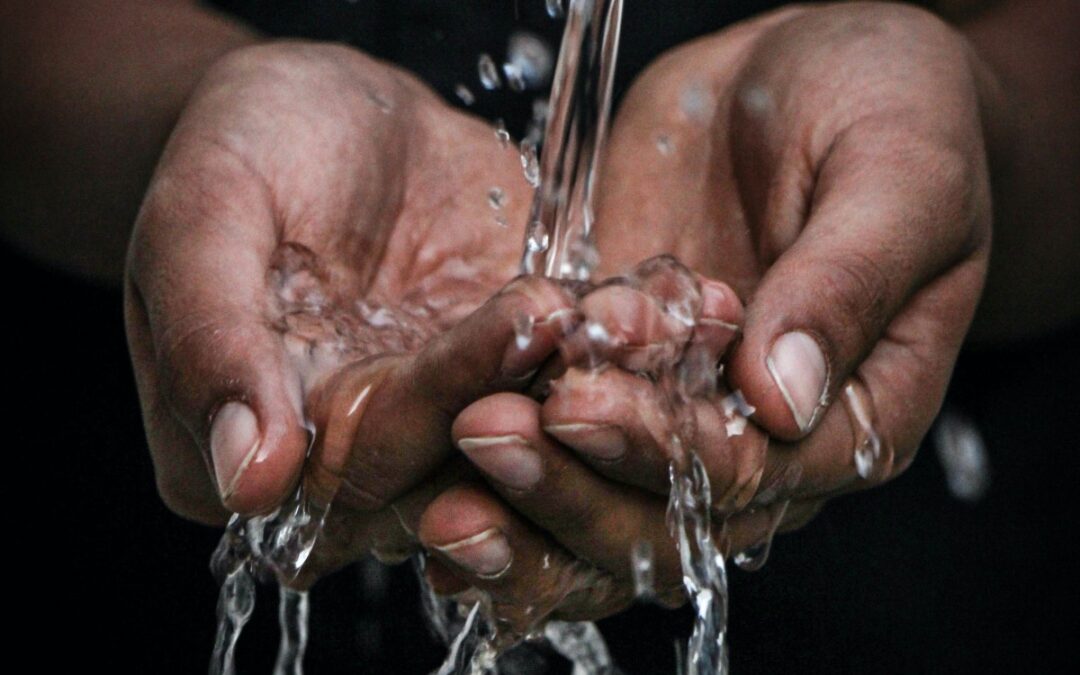
by Javier Sánchez Cáceres | Mar 4, 2021
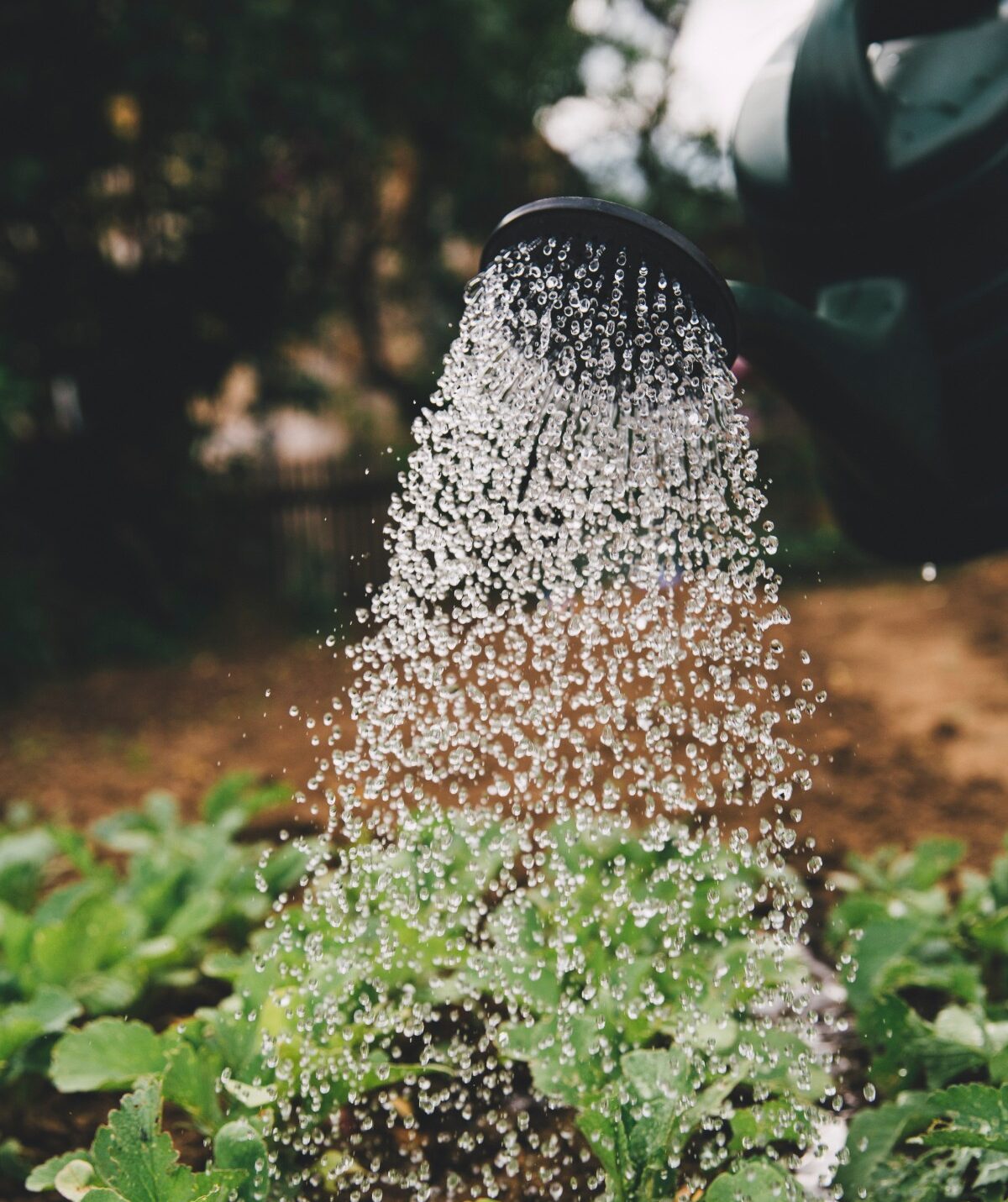
World Water Day
World Water Day is celebrated on March 22 to reflect on the importance of this natural resource that allows us to live. We are very fortunate to live in an area where there is water everywhere and we do not have to travel to get drinking water. In spite of this, there is a lack of awareness about the proper use of this natural resource. That is why the celebration of World Water Day is extremely important, as it allows us to remember how urgent it is to use water responsibly and to be grateful for its abundance.
Possibly the misuse of water results from ignorance, as few have any idea that more than 2 million people do not have access to safe water or have to ration their use on a daily basis due to the threat of drought. During the COVID-19 pandemic we have reinforced the importance of water as hand washing is essential to control the spread of the virus. This reinforces the need to make proper use of the resource so that it remains available now and in the future.
As part of the celebration World Water Celebration and with the interest of providing information about water management in Montezuma, we present to you an interview with Donatella Luxardo, president of the ASADA of Montezuma, who was kind enough to answer questions generated by the students about the ASADA and its operation. Below are the questions that were asked to Donatella:
What is the ASADA?
The Asociaciones Administradoras de Sistemas de Acueductos y Alcantarillados Sanitarios (ASADAS) is the administrative body of communal aqueducts and sewers. The ASADAS operate as non-profit organizations, have five members, a fiscal, which are volunteer members who are elected by the community in assembly. It is worth mentioning that the ASADAS are regulated by the Ministry of Aqueducts and Sewers (AyA), the national water resource administration entity.
How many ASADAS are there in Cóbano?
The aqueduct of Cobano, Santa Teresa and Mal Pais is administered directly by AyA. In the other towns there is an association that manages the aqueduct, for example ASADA Montezuma, ASADA El Molino de Delicias and ASADA San Isidro. Currently the ASADA of Montezuma and Delicias have agreements established with AyA.
How many users does the Montezuma ASADA have?
Currently the ASADA has 310 users.
How much is the average monthly consumption of the users?
The consumption per user depends on the area of usufruct. The central area of the town is where there is more consumption, mainly due to the number of hotels and restaurants located in the area. In residential areas consumption is normally less than 30 m3.
What are ASADA’s plans for the short and long term?
In the next few months we will be working on the connection of two new wells to supply certain densely populated neighborhoods. In the long term we intend to start building a sanitary sewer system from the Montezuma School to Las Palmeras Beach.
Stay tuned for the second part of this interview, which we will transmit through a conversation on Zoom, in which we will discuss the origin of our water, how to use water responsibly, and how to save water consumption, among other topics.
Thank you very much for reading us and remember that water runs out drop by drop.
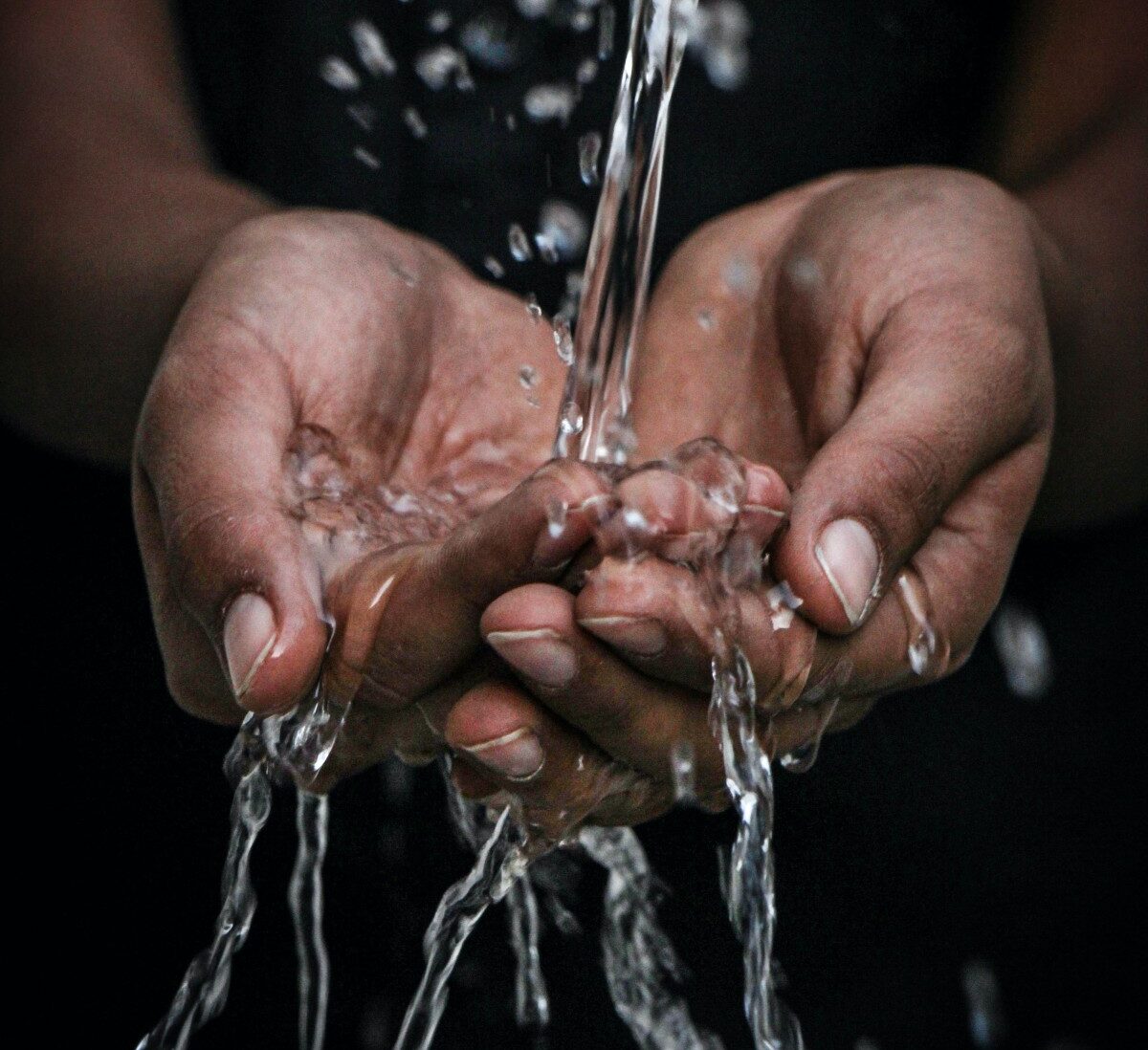
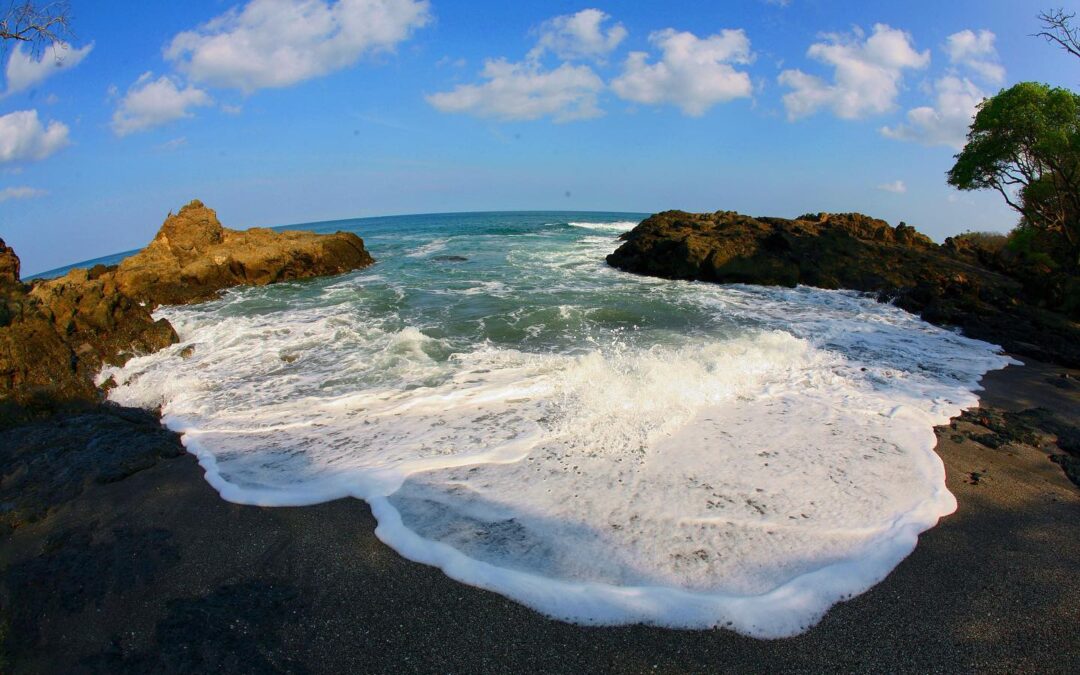
by Javier Sánchez Cáceres | Jun 5, 2020
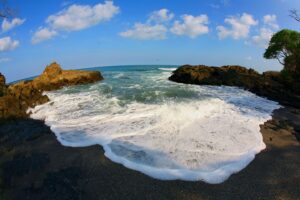
This coming June 8th we celebrate World Oceans Day. This day is a great opportunity to reflect upon the importance of these marvelous bodies of water and the effect our everyday activities have on ocean health. I would like to give you some information about the importance of our oceans.
There is a lot of talk about the importance of forests and its production of the oxygen we breath. But, in reality, more than 50% of the oxygen that we breath is thanks to millions of marine organisms, collectively called phytoplankton. Phytoplankton photosynthesizes, a process which produces organic substances (sugars) made of sunlight and carbon dioxide. One of the by-products of photosynthesis is oxygen. The oxygen produced is released into the ocean and into the atmosphere. For this reason we can be sure that the oceans are the real lungs of the planet.
Oceans have another important function, which is more important every day due to carbon dioxide emissions and climate change. It is estimated that the oceans absorb 25% of the carbon dioxide produced annually due to human activity. Therefore the oceans help to diminish the effect of this greenhouse gas on the climate of our planet.
Despite the capacity of the oceans to reduce the greenhouse effect, climate change is increasingly affecting different marine ecosystems. The 0.1 °C increase in the average temperature of the oceans over the last century may seem small, but considering the large size of the oceans it is impossible not to think that it is an alarming increase. This increase in the average temperature is evident if we analyze the signs that nature is giving us: bleaching of the coral reefs, increase in sea level, increase in the intensity of meteorological phenomena due to their capacity to absorb heat and the resulting effect on ocean currents and their influence on the different climates of the planet, among others.
As if all the above were not enough, overfishing is responsible for the decrease of approximately 10% of the planet’s fish population and not only threatens the planet’s well-being and balance and the global economy. In addition, every year the oceans receive 8 million tons of plastic, which contaminate the ocean waters and destroy the ecosystems and living beings that inhabit them.
Still, not all is lost. Every day more people decide to adopt more environmentally responsible lifestyles, participate in beach clean-up campaigns, reject single-use plastic and be agents of change through education. Next Monday, June 8th, visit our beaches within the established schedule and appreciate this wonderful natural resource while reflecting on the importance of conserving and protecting it. Remember to bring a bag to pick up trash and do your part to have cleaner and healthier oceans every day.
While it is true that every day we should be aware of the importance of the oceans, celebrating a day like this at a global level serves for us all to reflect on the sustainable management of the oceans and the importance of conserving them; they are home to thousands of species, many still unidentified, are a source of food and medicine and responsible for the dynamic balance of our planet.

by Katie Chiaverini | Aug 8, 2019

Scarlet Macaw Release at Wild Sun Rescue Center
Last Friday, July 26th, four Futuro Verde students were invited to be the Masters of Ceremony for the fifth annual Scarlet Macaw Release at Wild Sun Rescue Center. Futuro Verde is excited to be collaborating with ASOPROLAPA and Wild Sun Rescue Center with several different projects so our students participate in hands-on experiences with various environmentally focused entities and learn to take action for a cause they support. It was an emotional event and wonderful to see our students as leaders within our community.
Reflections from our student and teacher participants:
Ashlen in 10th grade: “It was a really great experience to be able to encounter the release of a reintroduced animal who goes out and explores once again in an area. It was also great to have the possibility to speak in front of lots of people to improve my public speaking skills. It was a big responsibility to take part in representing the school in such a sensitive topic.”
For her CAS (Creativity, Activity, Service) Project, Ashlen was volunteering at Wild Sun Rescue Center. When asked about the connections she was able to make between these two experiences, Ashlen responded, “because of my CAS project, it was great to come back and experience WIld Sun from another standpoint, seeing it from another point of view, seeing a different side. We were working on bringing more volunteers and educating students for my project and this was helping in the release of reintroduced animals.”
Rafa in 8th grade: “It was really beautiful to see the work that Wild Sun and ASOPROLAPA did together and how all that work was reflected in the release. It was also really amazing to be involved in the event as a presenter.” Rafa’s mother also expressed her pride in her son for being chosen to take part in the event as a Master of Ceremony.
Lian in 5th grade: “I liked when Jeremy (Wild Sun Director) talked with so much emotion about how much effort he and his team put into the project and how much he loves animals. It was very exciting when they opened the gate and all the macaws went out, especially when one went out first and then called to the others to come.”
Atila in 4th grade: “The best part was when I saw the first Macaw. It was so cool because I had never seen one so close. Then, suddenly they were going to freedom. I also liked seeing so many people together at an important event.” When Atila turned to Don Alex, Operations Manager for Los Delfines – ASOPROLAPA base and said “this is the first time I have been involved in such an important event” with very wide eyes as he looked at all taking place around him his teachers got a bit emotional.
Javier, IB Biology Teacher and Sustainability Coordinator: “Activities such as the Macaw Release at Wild Sun Rescue Center are those that make one proud of being part of a community so united in environmental conservation issues and efforts.”
Katie, Curriculum and Special Programs Coordinator: “It was very exciting to see the joint efforts from so many different community groups, including local businesses, non-profit institutions, schools, and community members. The 5th Annual Scarlet Macaw Release is an excellent example of the power of collaboration and the importance of involving youth in community initiatives. I was so proud to see our Futuro Verde students take active roles in this important environmental event.”
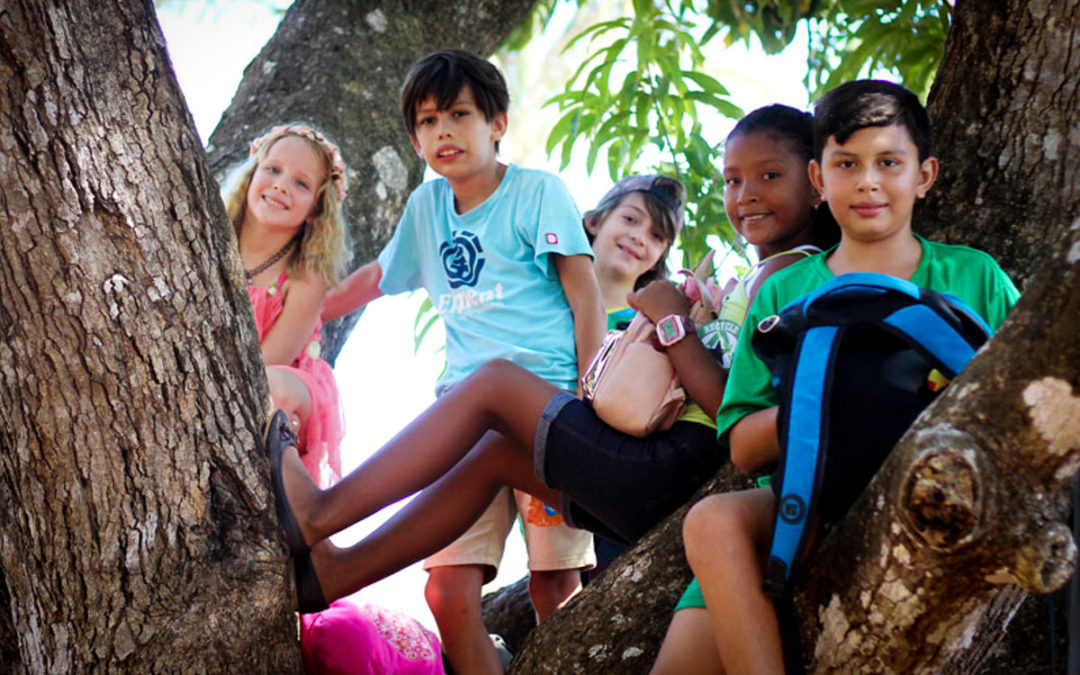
by Angie Briceño | May 8, 2019
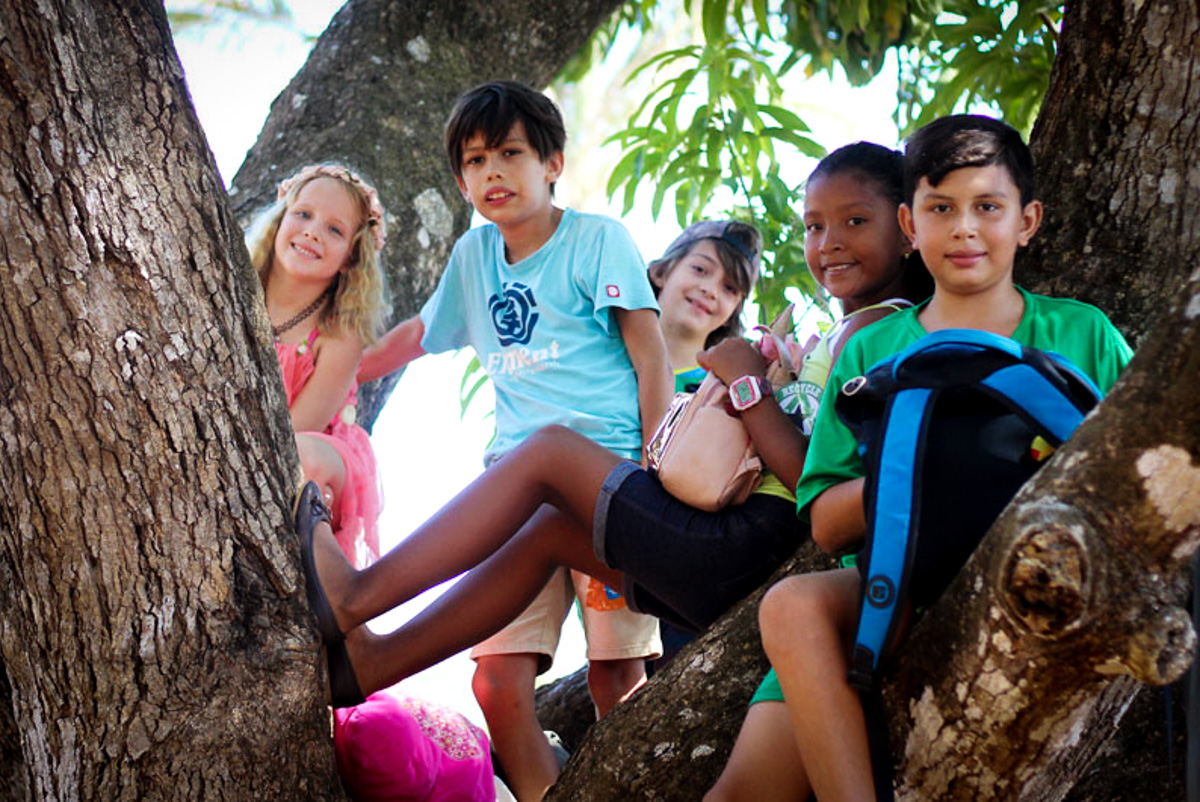
There are only a few days left until Earth Day Charity Challenge ends!
The organizations have been inviting the participants to visit the different workplaces so that they may learn about what they do and how to help. Last week, the ASVO group was able to watch and participate in the release of sea turtles and learn about why some of the baby turtles did not hatch. They found out it can be important to place a roof to avoid further warming of the sand.
In the following days and weeks, the participants will be visiting and volunteering with the organizations they support.
Here are the amounts collected to date:
Refugio Romelia $96
Wild Sun Rescue Center $109
Casa del Árbol de Futuro Verde $26
Gatos de Futuro Verde $70
ASVO $532
CREMA $129
Remember, the groups to claim the top three spots by raising $ 1,000 can donate the following to their organization:
1st place $1000
2nd place $750
3rd place $500
You can help the groups reach their goal of $ 1,000 and thus support the organizations as they protect the environment and different species!
The rest of the money raised will be used to complete the amount for the construction of the Futuro Verde sports court.
Donate now!









